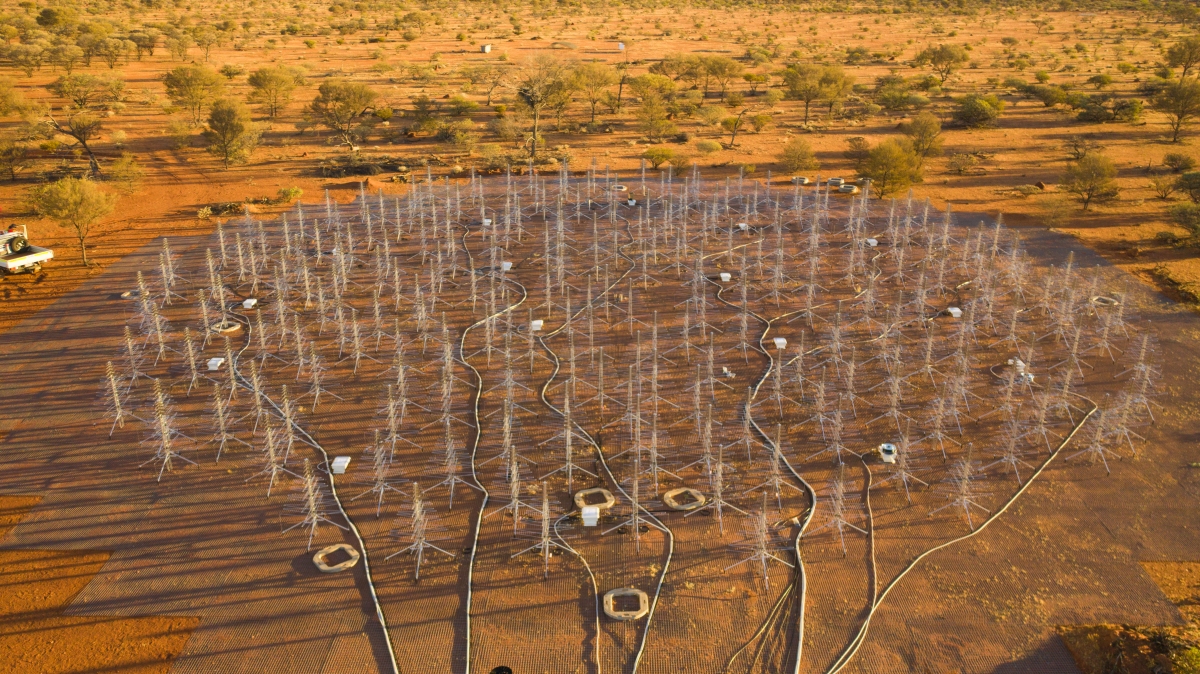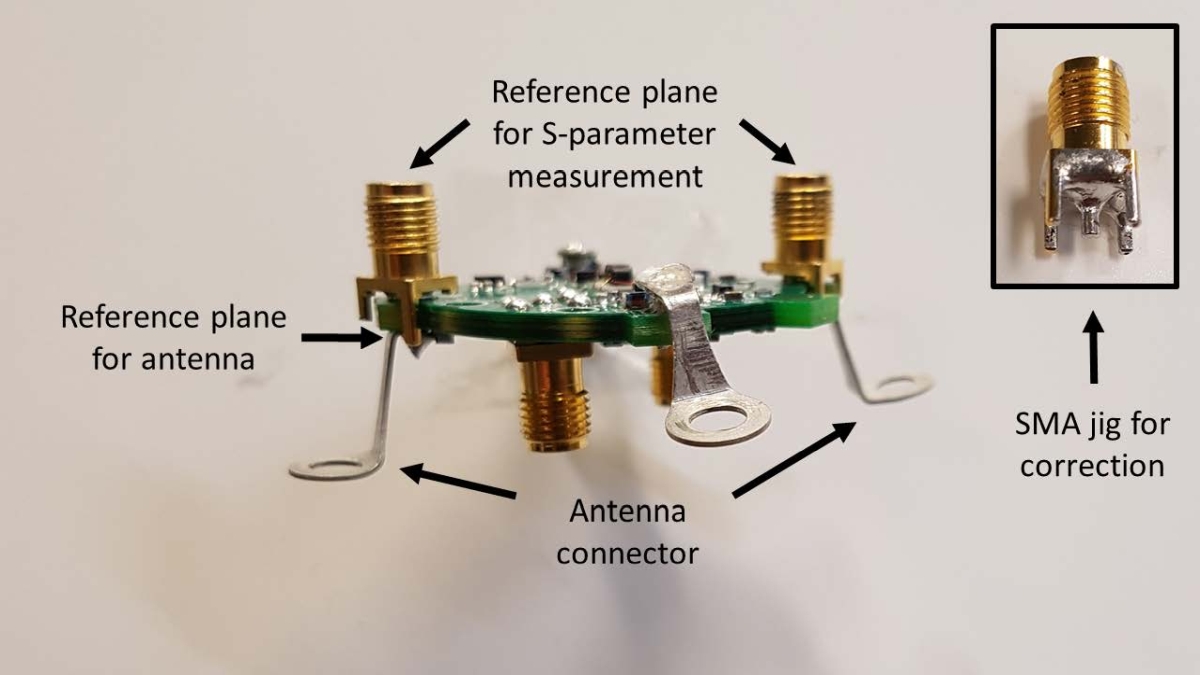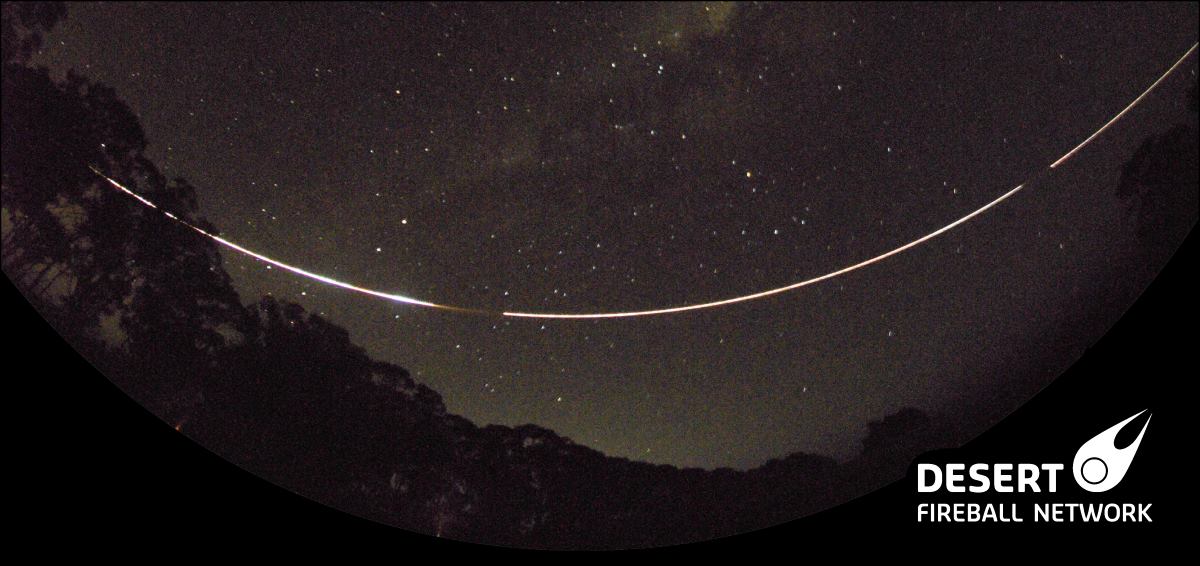Engineering & Operations program
The Engineering and Operations program mission is to advance radio-astronomy through the development and application of novel technology, techniques and instrumentation. The Engineering group also works closely with the Translation and Impact Team to apply its capabilities for impact outside of radio-astronomy.
The Engineering program spans a diverse set of activities. It is arranged into three lines of activity/projects: Radio-frequency systems; instrument operations, and Space Situational Awareness and Planetary Defence. The Operations team manage CIRA’s specialist facilities, including the Murchison Widefield Array telescope.
Projects undertaken often have links and interdependencies, reflecting the common mission and context that underpins activities at CIRA.

Lead: Professor David Davidson
Instrument operations
Our researchers work on astronomical instrumentation and signal processing, to produce a better picture of the Universe. Our team builds on existing success in the development of hardware and software systems for astrophysics-focused radio astronomy systems. There is a particular focus on commissioning SKA-Low technology demonstrators, including EDA2, AAVS2, and AAVS3, and incorporating detailed beam models generated by numerical simulation into the calibration process. Current work addresses new imaging methods relevant to all-sky radio telescopes, such as m-mode imaging.

Lead: Associate Professor Adrian Sutinjo
Radio frequency systems – radio-frequency front ends
RFFE focuses on innovation of radio-frequency ‘front ends’ – including antennas and Low Noise Amplifiers (LNAs). Co-design of antennas and amplifiers, and advances in microelectronics are employed to overcome system constraints and improve performance. This work directly benefits the MWA and SKA. It is also relevant to applications including SSA, wireless communications, digital audio, digital telephony, and system-on-a-chip (SOC) design.
CIRA’s Radio-Frequency laboratory has been an integral part of SKA precursor and prototyping verification since the beginning of CIRA. We will continue to ensure that the laboratory capabilities are sustained and stand ready to perform critical measurements for SKA-Low. In addition, the RFFE group has successfully translated the combination of experience, skill set, and equipment to demand-driven research in defence applications. We aim to meet the demands of SKA-Low and to solidify CIRA’s position in applied research to capture new opportunities in space science, satellite communications, space situational awareness, and defence.

Lead: Dr Ellie Sansom
Space Situational Awareness and Planetary Defence
Space Situational Awareness and Planetary Defence is an applied research domain that leverages CIRA’s multi-disciplinary capabilities to detect, track and characterise objects in space, and to predict the trajectory and impact of objects entering Earth’s atmosphere. In collaboration with Curtin University’s Space Science and Technology Centre, the team has grown from its beginnings in meteorite tracking to operate the Desert Fireball Network and the Global Fireball Observatory.


